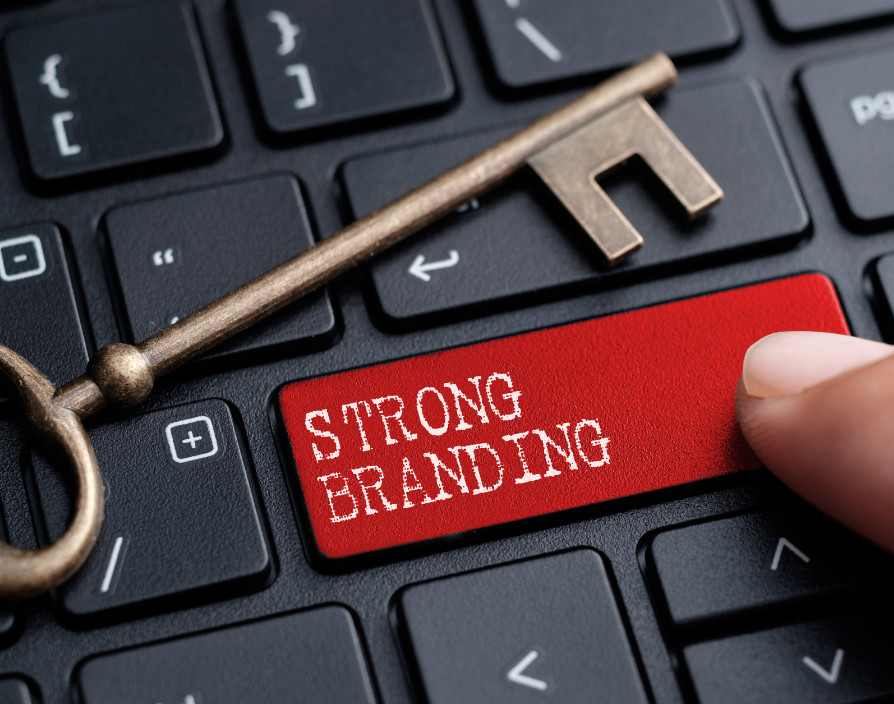For those of us in the retail industry, reports of a high street in decline are worrying. Yet, perhaps it is premature to write off high street retail just yet. In fact, the global retail market grew 5% last year and the UK is no exception. Our womenswear market is expected to grow by 4.1% and menswear by 3.5%, according to a recent report from Mintel.
There have been some noticeable changes in high street trends, however. Consumers increasingly favour premium fashion over fast fashion, perhaps as a result of environmental concerns. Fast fashion is seen as disposable and the manufacturing regarded as ethically ambiguous. Premium brands are seen as longer-lasting and made using more environmentally-friendly materials and processes.
One trend that has remained consistent, however, is customers purchasing fashion items that say something about their personalities and reflect who they are as an individual. Again, premium fashion brands seem to have an edge as people want to be associated with a quality brand that will stand the test of time. They want to be a part of the future’s retro fashion brands.
These strong brands will stand out in a crowded market, capitalising on the market growth and consumer trends at an important time of global recovery. Here are my five top tips for developing a strong brand..
- Define your values
Since customers want to purchase brands that reflect their values, you need to start by defining your brand values. Do you have a particular mission? For example, GANT are using recycled plastic collected from the ocean to make the fibres for their clothes. Perhaps your values are more intrinsic to the personality of your brand.
The Edmund Hillary Collection, for example, was created to continue the legacy of our namesake explorer, so we worked with his family to understand Ed’s core values of humility, endeavour and philanthropy. They form the foundations for every decision we make and the Hillary family, who are intimately involved with the brand, help to keep us on track.
When you have defined your core values and mission, you can begin to integrate them into everything you do and your customers will feel involved with your journey.
It is also a good idea to focus on one area in which you can take the lead. Not only will this give you a competitive advantage but customers will also be more forgiving for any aspects where you are less than perfect.
- Focus on longevity
If you want people to be wearing your clothing in ten years’ time, make sure your clothes last that long. Customers won’t be interested in regularly replacing items, they understand it’s a false economy. If your clothes fall apart at the seams, so will your brand. Become synonymous with quality and longevity.
Clothes made to last are also seen as both more sustainable and higher quality ‒ two qualities that appeal to the modern consumer. When producing activewear or outdoor clothing, durability is an even more important consideration. Customers may also want to repair a loved item themselves, so design products that are easily repairable.
Discovering exactly what your customers want from your clothing and what will sell can, however, take a bit of trial and error. My advice is to take an agile way of working. Start with a wide product range, test the market, cut what doesn’t sell and keep everything else. Over a relatively short period, you can refine your product rage and find out what works for your audience.
- Weave sustainability into every garment
As well as ensuring your products have longevity, you can improve their sustainability by paying close attention to the materials you’ll use. High-quality fabrics will last longer, making them more sustainable, but by using sustainable or even recycled materials, you demonstrate that you will go the extra mile to protect the environment.
Consumers are also increasingly aware of the damage being caused by synthetic fibres, traces of which have recently been discovered in both our drinking water and the oceans around the Antarctic! As such, people are looking for more natural fibres, which don’t break down nearly as small, helping to minimise environmental contamination.
- Consider the human factor
Exploitative sweatshops, dangerous factory environments and toxic materials have been major issues in the fashion industry and entail a huge human cost. Through tragic stories and greater access to information, the public has become increasingly aware of these issues and are actively seeking out brands that do good for people.
Not only should you be continuously working to improve your supply chain but you should also consider what positive change you can make to communities. You may decide to establish your brand as a social enterprise ‒ a business with a specific social mission ‒ to demonstrate your commitment to your brand values. Alternatively, you could consider charities to support. For example, we send a percentage of every sale to charities in Nepal and New Zealand that were close to Ed’s heart.
Finding ways to improve the world around you may reduce your profit margin but, in the long-term, you’ll develop a strong brand that customers will want to be associated with. And that’s worth far more than short-term profit.
- Tell a great story
Some brands have an incredible inception story ‒ a unique moment or lightbulb moment that changed everything. Others might have strong associations with an iconic event or person.
Some of the world’s biggest brands spend a fortune on manufacturing links with iconic sports personalities and celebrities. If you can define a great story from the outset, however, you won’t need a million-dollar sponsorship deal with Andy Murray.
Ask yourself why you created the brand. Did you set out to achieve a particular mission? What have been your highlights along the way?
Link these ideas back to your brand values and use that to tell a compelling story. It doesn’t need to be an epic battle of good versus evil but it does need to be entertaining, relatable, and reflect your values. That way, you elevate your clothing above mere products to become conversation pieces that are extensions of people’s personalities. Ultimately, that is the essence of a strong brand.
It’s exciting yet challenging to create a brand from scratch. If you follow these tips as the basis for your exploration and keep your eye on the details, you’ll develop a strong brand that will stand the test of time. Best of luck!
Share via:









































